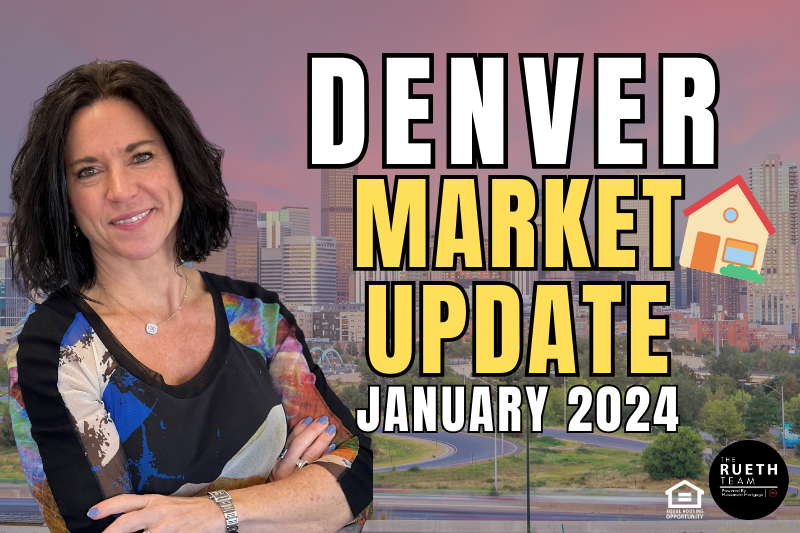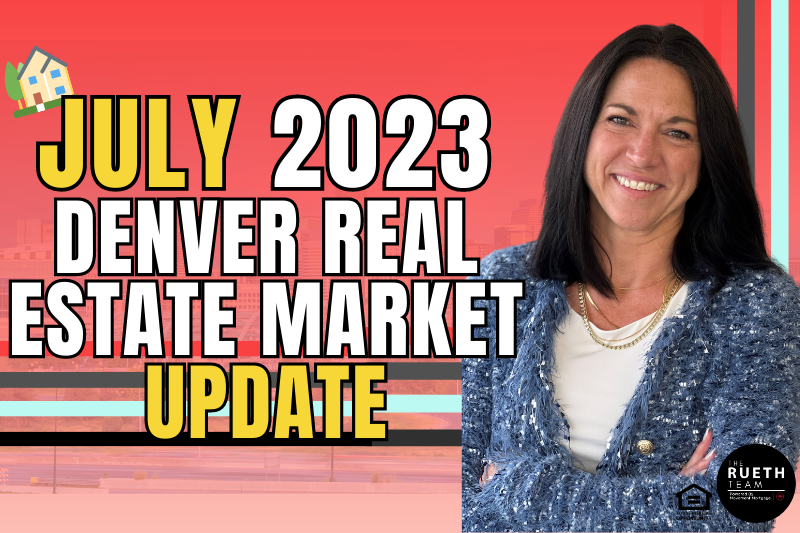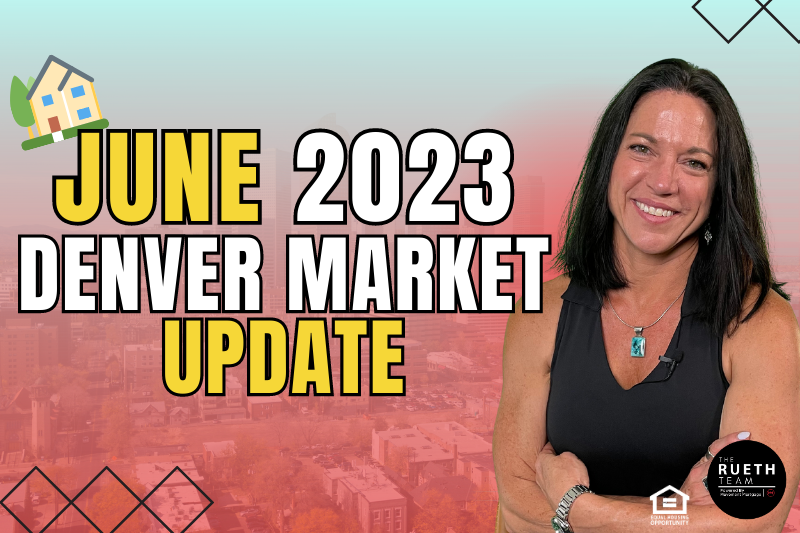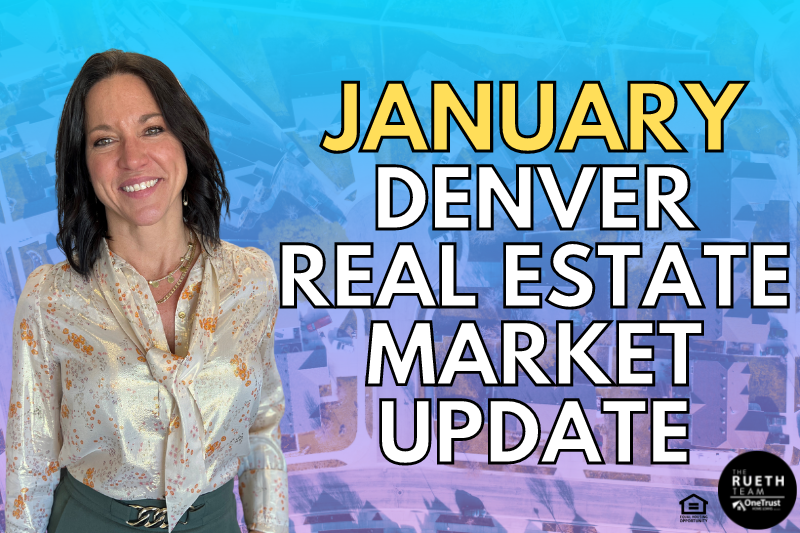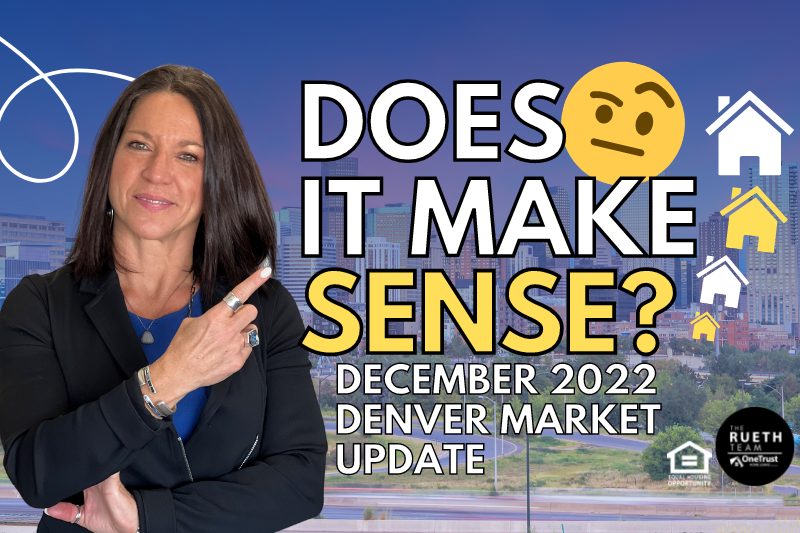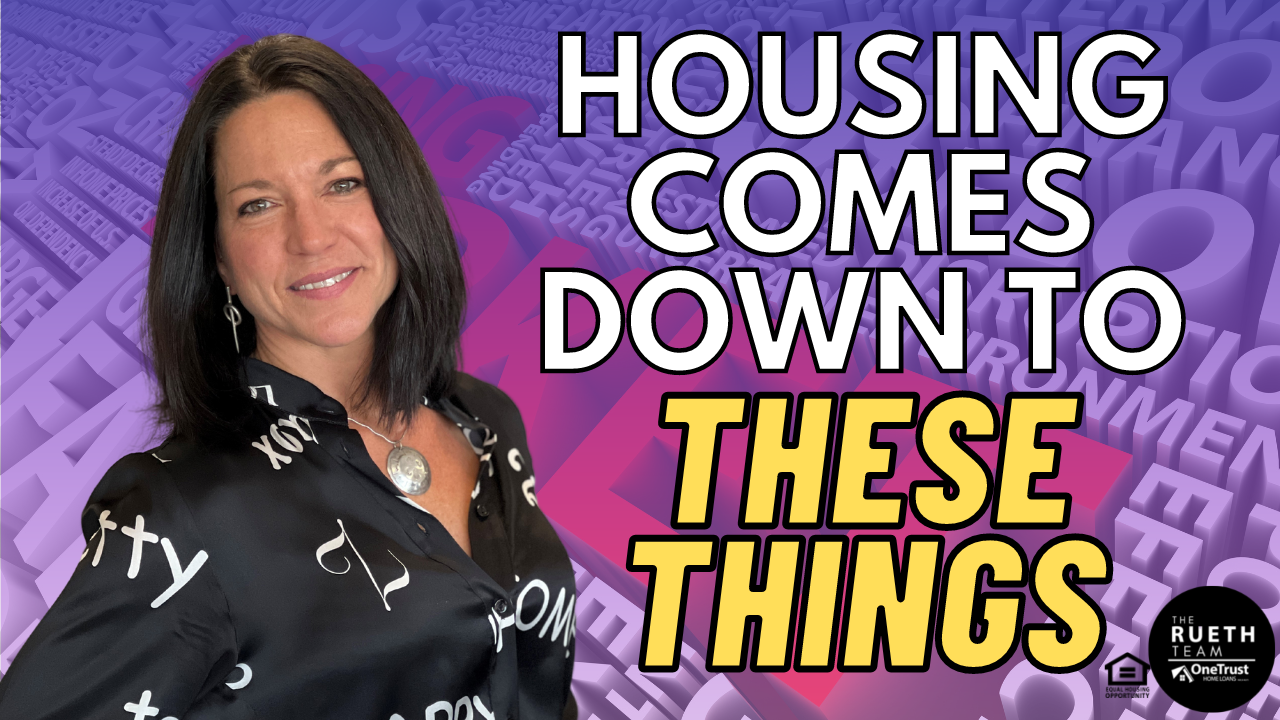April Market Trends Report
When Will Rates Come Down?
When will rates go down?
Spoiler alert! In every scenario, rates are going to come back down. It’s just a matter of when. If you are sitting on the sidelines trying to time the market, the questions to ask might be: why are rates staying higher for longer? Where do experts believe rates will go in 2024? And what could the next five years look like?
When rates do begin to drop, we’re in store for another hot housing market with more buyers than sellers, which puts upward pressure on home prices because we haven’t solved the low inventory problem. Therefore, the affordability problem will remain. Getting in front of this is key to your success.
Let’s jump into why rates are staying higher for longer. Only a few months ago, economists claimed 4 and 5 percent could be in our 2024 mortgage forecast, still high on a sugar rush of market expectations for six fed rate cuts starting in March. While a lot of headway was made toward a 2 percent inflation goal in 2023, January’s data on job growth, inflation, and fourth-quarter gross domestic product (GDP) pushed the scale toward a tap on the brakes. February’s data then pumped the brakes harder when job gains increased to 275,000, making the three-month average a strong 265,000, and the various inflation measures continued to come in hot.
Consumer Price Index, or CPI, increased 0.4 percent for both headline and core, with shelter and gasoline making up 60 percent of the rise. This pushed the most recent 3-month CPI average back up to 4.2 percent. Producer Price Index, or wholesale inflation, came in next, jumping to its highest level in six months. Personal Consumption Index stalled at 2.7 percent, which sounds like good news until you realize the month-over-month hit 0.333 percent. Multiply that by 12, and you’re back to a 4 percent annual inflation. Then, the Prices Index inside the ISM Manufacturing report started “increasing faster,” pushing US manufacturing to a 22-month high. Inflation will not go down easily. In fact, even if we conservatively get a 0.2 percent monthly inflation growth on Core PCE for the next six months, we would see a 2.6 percent annual inflation rate just in time for the Fed’s November meeting. Still far from the Fed’s 2 percent target.
On top of the resilient inflation data, personal spending defied all odds. Personal spending surged to 0.8 percent despite the Bureau of Economic Analysis’s (BEA) report showing inflation-adjusted real income is down. This continued consumer spending encourages a strong GDP, which supports higher prices and wages—ergo, higher inflation. Strong rates of returns on bonds, money markets, crypto, and equity markets helped consumer sentiment hit a 2 ½ year high this past month. As long as consumers “feel” wealthy, rates will stay higher for longer.
With all of this, the hopes of a May rate cut have vanished. Hopes for June shrank.
Fed Chair Powell has indicated several times and has yet to back off the promised 2 to 3 rate cuts in 2024. Warranted or not, they likely will. So, what needs to happen if inflation stays sticky? We will need to see an unexpected weakness in the labor market, demonstrated by a 4 to 4.1 percent unemployment rate. This is jobs week. Remember, last month’s unemployment rose from 3.7 to 3.9 percent, pushing us closer to 4 percent.
All hope is not lost for rates, even with sticky inflation and lagging unemployment. While 4 and 5 percent are off the table, a nice low 6 percent is still on the menu. Fannie Mae raised their forecast from 5.9 percent to 6.4 percent at year-end. Lawrence Yun, with the National Association of Realtors, was last quoted as saying that given the high budget deficit and uncomfortable inflation metrics, he forecasts rates to remain between 6 and 7 percent. The Mortgage Bankers Association raised their forecast to 6.1 percent, and Bright MLS’ chief economist predicts that rates will hit 6.2 percent. Personally, I’m sticking with the same 6.2 percent I’ve been saying since December.
There is light at the end of the rate tunnel. We might not know exactly when, but the “if” is pretty secure. On March 20th, the Federal Reserve released its updated Fed dot plot, which showed a projected 2.25 percent interest rate cut by year-end 2026. Reducing the fed funds target rate range from where it is today at 5.25-5.50 percent to 3-3.25 percent. This assumption is based on inflation stabilizing at 2 percent by 2026. Not 2024. It’s a longer road than we hoped for or wanted, but it’s closer to truth than the market exuberance, creating intense rate volatility.
Our economy still has ample liquidity and strength to keep rates higher for longer… for now. If the inflation rate settles at 2 percent in 2026 and holds, we should see mortgage rates remain at lower levels for the balance of the next five years.
So, what do you do with this information? Look further out than today. Affordability concerns, missed expectations, and rate volatility can justifiably keep you on the sidelines or guessing how to time the market.
Timing the market is so yesterday. Know what today holds? Understanding the market and taking advantage of created opportunities today to provide wealth and options tomorrow. I want to share 4 of the many strategies I’m talking to my clients about in this market:
- Seek a renovation project. Homes sitting on the sidelines simply because they are outdated, missing a master bath, or lacking street appeal are a golden gem. You can do a renovation loan today, roll in all costs, put the minimum required down, and refinance into a lower rate once rates drop.
- If you are 62 or older, look into a reverse mortgage. All that equity sitting locked up in your home is not adding to your cash flow, but optimizing that equity by purchasing one or two rental properties in an up-and-coming neighborhood or metro area where the growing Gen Z population is moving to will.
- Tap into the bank of Mom and Dad. It’s a real thing. They are doing well and know the power of real estate, especially since it’s one of the reasons they are doing so well.
- This one is for you cash buyers; stop it. Seriously. Yes, rates now hover around 7 percent, but could you see the gain if you could buy that primary home and one or two rental properties where tenants pay down your mortgage for you? You could have not one but three assets appreciating with the opportunity to refinance on the horizon.
Appreciation is already returning to pre-pandemic averages, and it is impossible to build more land. Suppose you knew the odds were in your favor that rates would be lower over the next several years. Would you stop trying to time the market since the right time to buy might be right now?
Well, that’s a wrap. Until next time, this is Nicole Rueth with the Rueth Team. It’s my pleasure to keep you updated.
Nicole Rueth
Denver Real Estate Market Update | April 2024
Denver Real Estate Market Update | March 2024
Denver Real Estate Market Update | February 2024
Denver Real Estate Market Update | January 2024
Home Prices Will Fall in 2024
Redfin Forecasts Fall of Home Prices in 2024 Good Morning! With snow on the ground and a chill in the air, this weekend is the perfect weekend to dial in…




